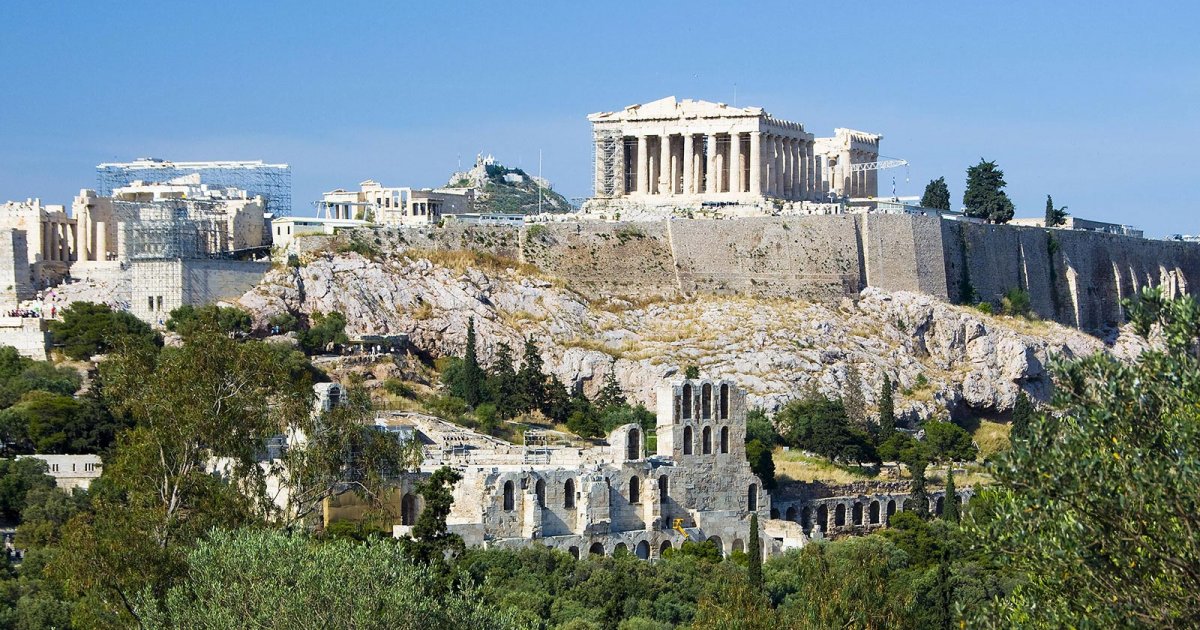ACROPOLIS, History
 Language: English / USA
Language: English / USA
Hi, my name’s Marcy, and I’m your personal guide. Along with MyWoWo, I’d like to welcome you to one of the Wonders of the World: the Acropolis of Athens.
The Acropolis is the symbol of the city of Athens and of Greece, and is one of the most meaningful places in Western culture.
In Greek, Acropolis means “high city”, and the rock outcrop that rises above Athens, with an elevation of 156 meters, has been of enormous political and religious significance since the Stone Age.
During the time of the Mycenaean kings over three thousand years ago, described by Homer in the Iliad and the Odyssey, it was a fortress designed to protect a palace, surrounded by a wall over 760 meters long and 10 meters high.
During the Persian invasion of Athens in 480 BC, however, the fortifications, monuments and temples were destroyed.
Following the initial reconstruction work on the orders of the tyrant Peisistratos, including the building of the first Propylaia and an ancient temple where the Parthenon now stands, the splendor of the Acropolis as we still see it today is largely thanks to Pericles, an enlightened politician who governed the city during its golden years. He was responsible for the construction of the Parthenon, the most famous temple of ancient times; the Erechtheion, with the famous loggia of the Caryatids; the elegant Temple of Athena Nike and the new Propylaia, the colonnade leading into the sacred area which he rebuilt.
Over the centuries, the decline of Greek civilization altered the appearance of the Acropolis. The hundreds of statues that once embellished it were taken away, and the magnificent buildings were damaged or destroyed.
The Romans took possession of numerous artworks, while the Christians later destroyed the temples, or turned them into churches and ransacked the treasures inside them.
In 1456, Athens was conquered by the Turks, and the Parthenon was turned into a mosque, while the Erechtheion became home to the governor’s harem. The Parthenon subsequently became a gunpowder magazine, and was blown up during the Venetian cannonade in 1687. Later still, Lord Elgin, the English ambassador, removed many sculptures and had them taken to London, where they are today the pride of the British Museum.
An interesting fact: although it appears white today, the Acropolis was originally a triumph of vibrant colors because the temples and the statues that adorned them were completely painted.



